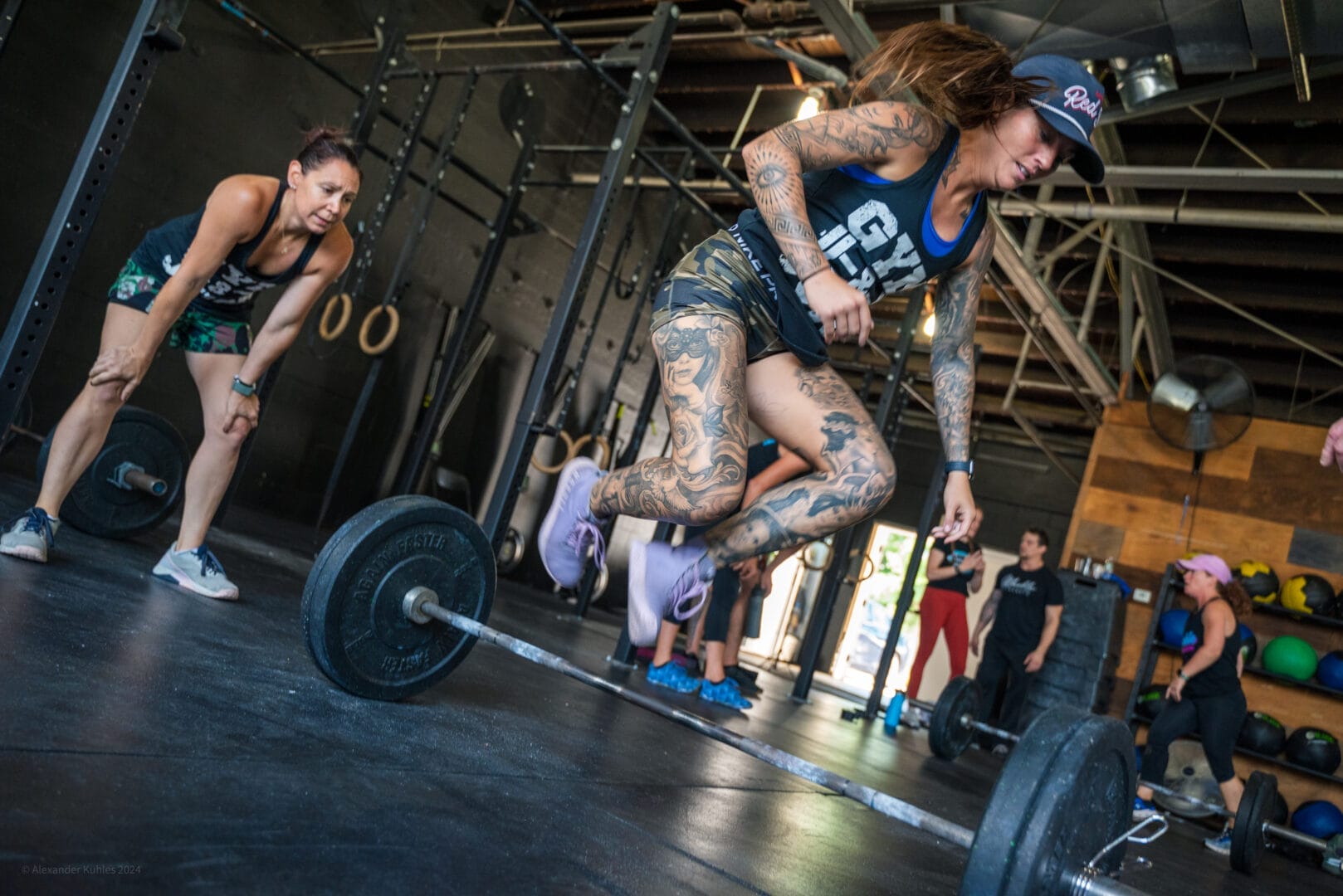When it comes to optimizing your performance and getting the most out of your training, recovery is just as important as the time you spend lifting, running, or sweating it out in the gym. However, not all recovery is created equal. As you continue to push your limits and improve your strength, understanding the difference between active and passive recovery can significantly impact your progress.

Active Recovery: Moving to Improve
Active recovery involves engaging in low-intensity exercises during your rest days or after intense training sessions. The goal is to keep your body moving, promoting blood flow, reducing muscle stiffness, and aiding in the removal of metabolic waste from your muscles. Activities like light jogging, swimming, cycling, yoga, or even a brisk walk can serve as active recovery.
The benefits of active recovery are well-documented. By keeping your muscles engaged without putting them under significant strain, you’re helping to maintain flexibility, reduce soreness, and improve overall circulation. This, in turn, can lead to quicker recovery times, allowing you to return to your regular training regimen feeling fresher and more prepared.
Passive Recovery: Resting to Rebuild
On the other side, passive recovery focuses on complete rest, allowing your body to repair and rebuild without additional physical activity. This type of recovery usually involves practices like sleeping, napping, or simply relaxing. Passive recovery is critical, especially after particularly grueling training sessions or competitions, as it gives your muscles the time they need to heal and grow stronger.
While passive recovery is essential, it’s important not to confuse rest with inactivity. The key to effective passive recovery is to ensure you’re getting adequate sleep, staying hydrated, and consuming the right nutrients to support muscle repair. Passive recovery should be intentional and planned, rather than simply an excuse to skip out on movement altogether.
Which is Right for You?
Both active and passive recovery have their place in a well-rounded training program. The choice between the two often depends on the intensity of your workouts, your current fitness level, and how your body feels. For most athletes, a combination of both types of recovery is ideal. Incorporating active recovery into your routine can help maintain momentum and keep your body primed for performance, while passive recovery allows for the deep, restorative rest that’s essential for long-term progress.
It’s also important to listen to your body. If you’re feeling particularly sore or fatigued after a session, it might be a sign that you need more passive recovery time. On the other hand, if you’re feeling stiff and stagnant, active recovery might be the key to keeping your progress on track.
Remember, recovery isn’t just about what you do on your rest days; it’s an integral part of your overall training strategy. As you continue to push your limits, make sure you’re giving your body the time it needs to bounce back stronger.
Ready to take your training and recovery to the next level? Book a FREE No Sweat Intro with us today and let’s discuss how we can optimize your performance and recovery strategy.
Click here to get started: Book a No Sweat Intro.


